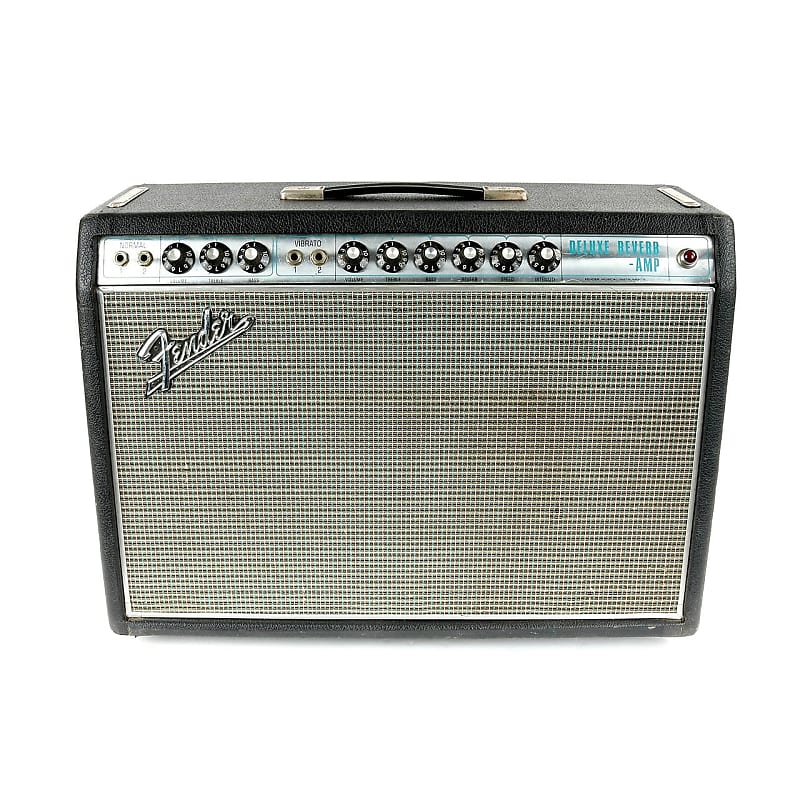Fender has been responsible for countless innovations in the development of guitars and amplifiers. Naturally, some of their designs and design features have become the subject of debate through the years. For this piece, we reached out to some of Fender's most prominent figures to answer of the Internet's most burning questions about their instruments.
Below are the answers to a few of those questions from Fender's Justin Norvell (EVP FMIC Product), Tim Shaw (Chief Engineer, Guitars), and Stan Cotey (Vice President, R&D).
What is the true purpose of the f-hole, as found on Thinline Telecasters?
Tim Shaw: On hollow instruments with an f-hole, the motion of the bridge is driving the top, and the f-hole’s size and shape affects the resonance and overall tone of the instrument.
While a Fender Telecaster Thinline guitar has large hollow sections, the bridge is anchored to a very solid section of the body, and it’s not moving the top as it would on a hollow guitar. The f-hole here is mostly cosmetic; the tonal difference on a Thinline is more a function of the chambers than the f-hole itself.

Stan Cotey: The earliest use of f-holes in musical instruments came from the violin, where it severs as an opening to a resonant chamber. With resonant chambers, the smaller the opening, the higher the pressure around it and the more resonant the sound.
In the case of a Fender Telecaster Thinline guitar, I’m not super-convinced that the chamber really resonates much, and even if it did, I believe it would have to either influence the string’s motion (and therefore harmonic content) or change the pickup’s physical position in relation to the string to make much difference in electronic output. You could probably hear it acoustically, but whether that would translate into something that the pickups could grab is maybe debatable.
On a Strat, are pickup selector positions two and four wired out of phase? What makes them sound out of phase?
Shaw: The pickups on a Stratocaster guitar aren’t out-of-phase or reverse polarity.
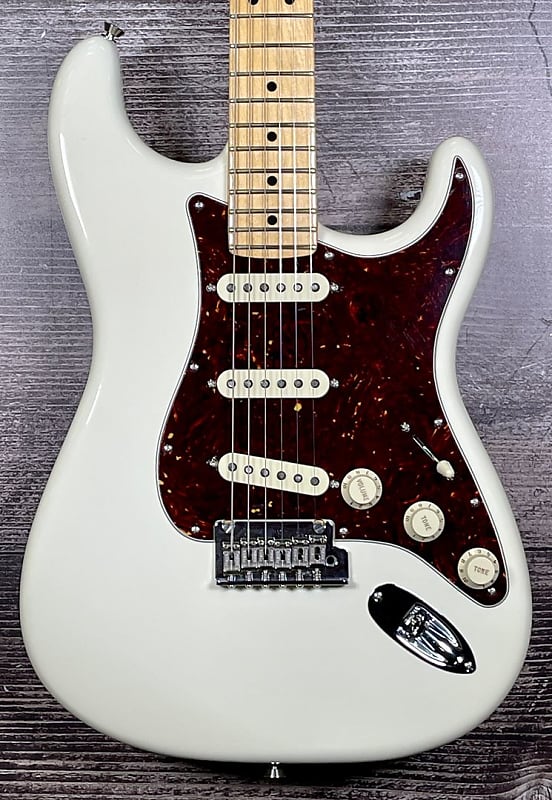
What we hear are frequencies that are reinforced while others are canceled, and that’s a function of the pickup spacing. It happens that the pickups on a Strat are roughly at 75%, 85%, and 95% of the scale length (the nominal distance from the nut to the bridge, or twice the length from the nut to the 12th fret.)
When the neck and middle pickups—or the bridge and middle pickups—are combined, we get a really great "quack" tone. It's a happy little accident, since Leo never intended the pickups to be blended. That happens because of the way the switch is constructed—the original three-way switch made one hot connection before it released the previous one.
You’d get a similar effect if you combined the slug coils (those closest to the center) on a guitar with two humbuckers. It’s not the same as on a Strat, but you’ll hear similarities to the way a Strat sounds, just based on where those coils sit under the strings.
Does tonewood matter?
Shaw: Everything matters. Guitars are systems, and some things are more apparent than others. Acoustic guitars are much more complex systems than electric guitars, but the materials an electric guitar is made from definitely have a major effect on the sound.
When we pluck/pick/strike a string, it tries to move everything around it. This energy is absorbed by the bridge, body and neck, and the first frequencies to go away are the highs. That’s why guitars made of stiffer materials (think maple and ash, for instance) sound brighter than guitars made of softer woods like mahogany, alder, or basswood. The basic geometry of the guitar, the hardware, and its pickups all matter too, of course. In R&D, we’ll often control as many variables as we can when doing some designs and only change one at a time so we can hear how these changes alter the sound of the instrument.
Nitro vs. poly finishes—what are the real differences?
Shaw: Thicker finishes are generally stiffer than thinner ones, and a stiff finish can make even an electric guitar sound more dead or choked, as it inhibits the ability of the instrument to vibrate. There’s an old study which demonstrated that with a very thin finish (around .006" or 0.15 mm, which is about three times the thickness of a human hair), the actual finish material didn’t matter. At that point, you couldn’t hear the difference between nitro and poly.
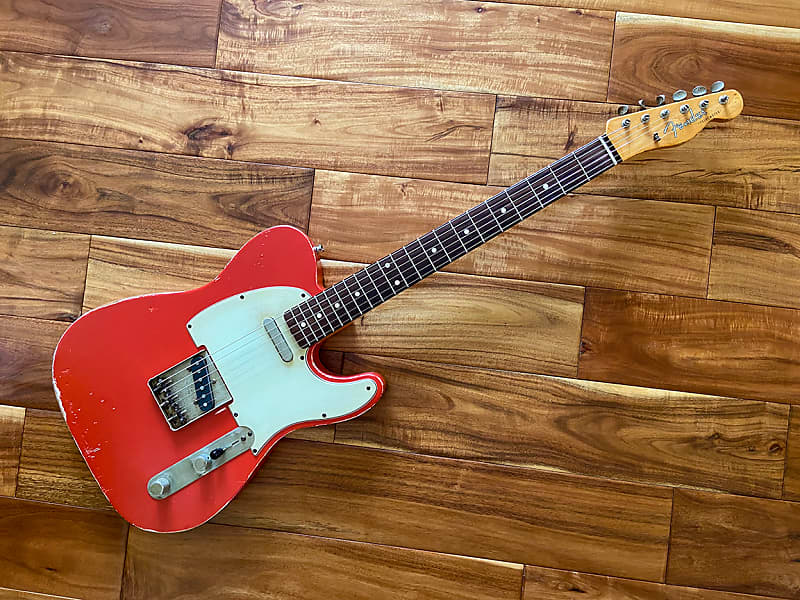
Nitro finishes tend to be applied pretty thin, and as they cure out over time, the solvents in them evaporate, so they get even thinner. Poly finishes cure by mixing a resin and a catalyst and tend to be applied much thicker, and this thickness doesn’t change over time. They’re typically very hard and not flexible at all when they’re thick.
There is a lot of debate on the origins and relevance of the standby switch on tube amplifiers. First, did Fender invent the standby switch? What was its original purpose?
Cotey: While it's been suggested that Fender invented the standby switch, I don’t know if that's true. And whether it's a "necessity" depends on how you define the word.
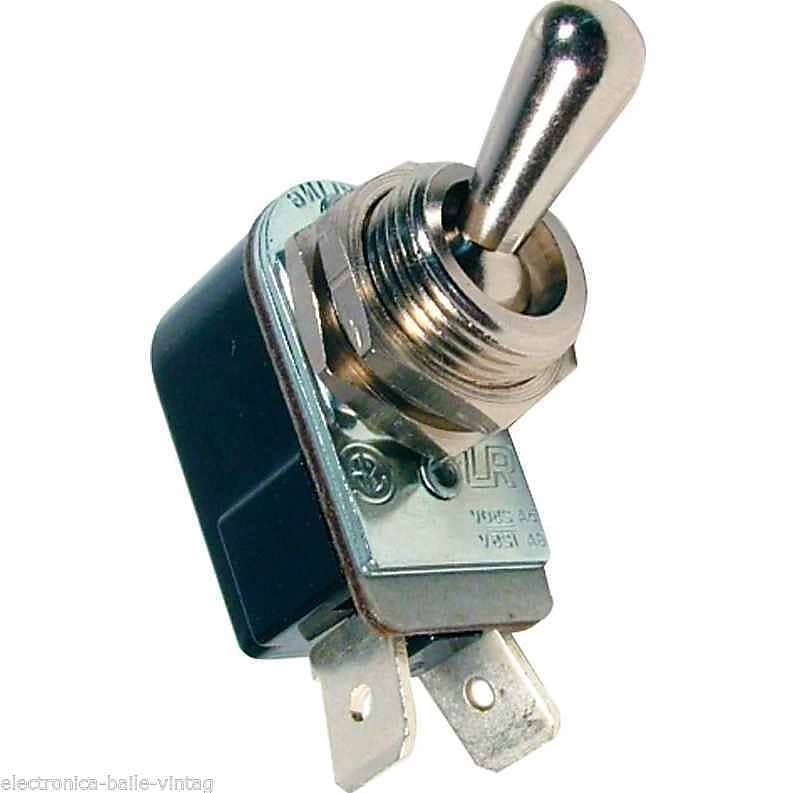
The myth is that the use of standby switches is to prevent cathode stripping before the tube is at operating temperatures (which is provided by the tube's filament). But I believe the reality is that cathode stripping does not occur at the plate voltages of typical tube amplifiers (between, say, 300-700 volts DC) and is something that is much more likely to occur in radio frequency (RF) transmitters, where the plate voltage can be in the thousands or even tens of thousands of volts.
In fact, I think the earliest use of standby switches was with vacuum tube radio transmitters where cathode stripping would definitely have been a factor. So Leo Fender, being a radio repairman, may have borrowed the feature for his instrument amplifiers.
Is the standby switch a necessity on amplifiers today? It has been suggested that the switch is no longer vital to amp function but has remained there because its disappearance would confuse players.
Cotey: Standby switches are still quite useful, though, for working musicians who take breaks. The reason is that the most wear and tear on a tube’s filament comes from a cold start where the resistance is lowest and the tube, therefore, draws the most current and generates the most heat.
I think it is better for the tubes to do as few cold starts as possible, so one cold start at the beginning of a gig with use of the standby switch on breaks is better than going through multiple cold starts from turning the amp on and off several times.
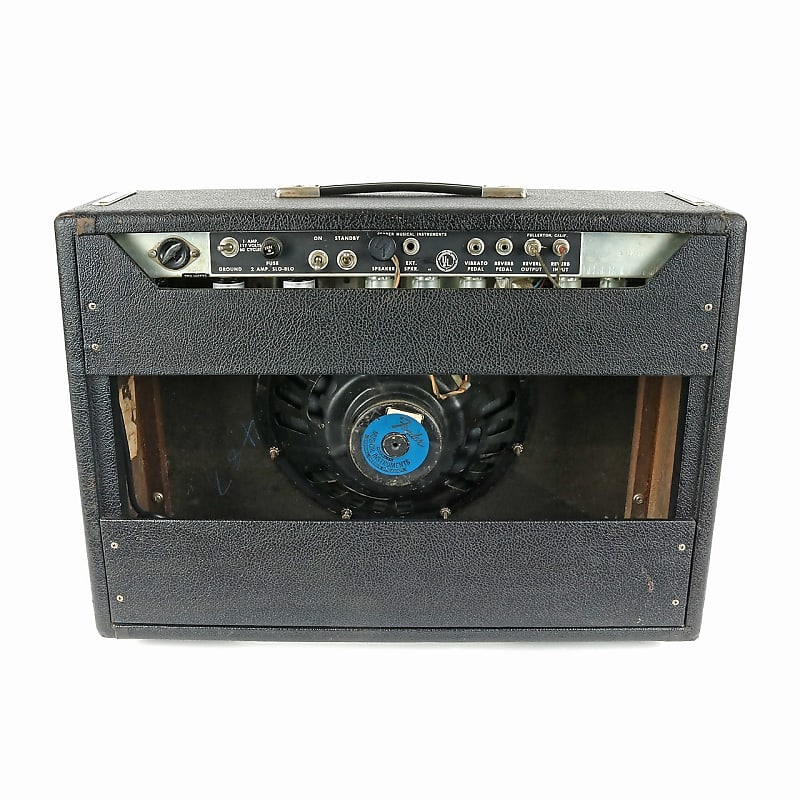
One other thing about standby switches: If the amplifier has a tube rectifier (like a GZ34, 5AR4, 5Y3, 5U4, etc.), then it’s better for the filter capacitors to leave the standby switch in the "on" position when first turning the amp on. Tube rectifiers don’t produce output voltage until their filaments are warm, and this provides a gradual voltage rise to the capacitors rather than a rapid surge, which can cause premature aging.
Regarding the disappearance of the switch, I think users are used to seeing it as a useful feature—and many players do believe cathode stripping does occur.

